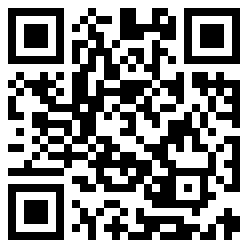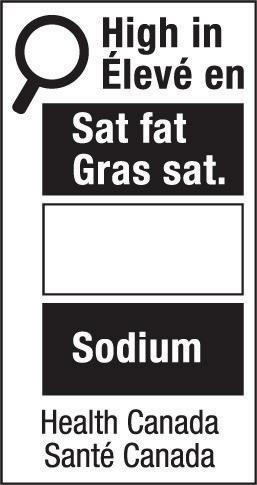
2 minute read
Educate patients about changes to Canadian food package labels
from PPB-Jan/Feb 2023
by ensembleiq

What changes have been made to the nutrition facts table?
Key changes to the nutrition facts table on food package labels include the following:
• Making the serving size more consistent so that it’s easier to compare similar foods
As part of their Healthy Eating Strategy, Health Canada has made changes to the nutrition facts tables, and list of ingredients, on food package labels. The changes are designed to make labelling easier for Canadians to understand, so they can make informed choices. In 2016, industries were given a five-year transition period to make labelling changes to comply with the new recommendations, while allowing time for them to use existing label stock. The transition period was scheduled to end December 14, 2021, but was extended to December 14, 2022 as a result of the COVID-19 pandemic.
• Making the serving size more realistic so that it reflects the amount that Canadians typically eat in one sitting
• Increasing the print font size for the serving size and calories, and adding a bold line under the calories, to make them easier to find and read
• Revising the % daily values based on updated science
• Adding a new % daily value for total sugars
• Adding potassium to the list of nutrients, as it is important for maintaining healthy blood pressure and most Canadians do not get enough potassium in their diet
• Adding the amounts in milligrams (mg) for potassium, calcium and iron
• Adding a footnote at the bottom of the table about % daily value to help consumers understand how much sugar and other nutrients (e.g., sodium) are in the food; the note will explain that 5% or less is “a little” and 15% or more is “a lot.”
More specific details regarding the changes are highlighted below.
Changes to serving size
The new labelling will help ensure more consistent serving sizes, making it easier to compare similar foods and to know the calories and nutrients that will be consumed. The changes are based on regulated reference amounts, which are different for single-serving and multipleserving prepackaged foods.
Changes to the information on sugars
In order to compare sugar content of different foods and to identify sugary foods that should be limited (i.e., any food with a sugar daily value of ≥ 15%), the % daily value of sugar has been added, based on the daily recommended amount of 100 g. Previously, only the grams of sugar were required to appear on the label.
In addition, all sugar-based ingredients are now grouped together (in brackets) in descending order by weight after the name “sugars” to more easily find the sources of sugar that are added to the food and to understand how much is added compared to other ingredients.
Changes to information on sweeteners
New package label recommendations for Health Canada-approved highintensity sweeteners (neotame, sucralose, aspartame, acesulfame potassium) include:
• No requirement to list the sweetener on the front of the package
• No amount (i.e., mg) of sweetener is required

• Foods that are sweetened with aspartame must still include a warning statement that the food contains phenylalanine (for individuals with phenylketonuria) and this warning must appear in bold print at the end of the list of ingredients.
Front-of-package nutrition labelling changes are also coming
The food industry has been given until January 1, 2026 to add front-of-package nutrition symbols for prepackaged foods that meet or exceed set levels for sodium, sugars or saturated fat. There are some exceptions. For instance, foods with a protective effect on health, such as fruits and vegetables without added sodium, sugars or saturated fat do not require a frontof-package nutrition symbol. For a more extensive list, visit the new guidelines at Health Canada’s website.1

What will the new front-of-package nutrition symbol look like?
The new bilingual black and white symbol (Figure 1) will feature a magnifying glass, highlighting which ingredient the product is high in: sodium, sugars, saturated fat or any combination of these. The words “Health Canada/Santé Canada” will also appear at the bottom of the symbol.








